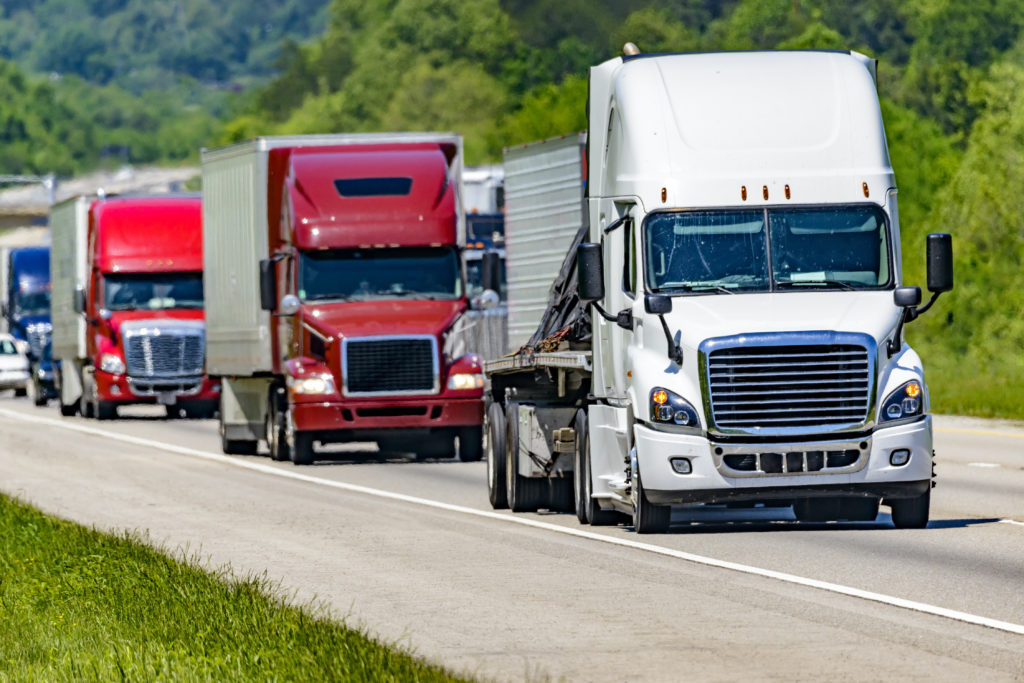“What we have is a storm within a storm,” said Logistics Professor at the University of Houston, Margaret Kidd. “Consumers have insatiable demand, and consumers are spending. E-commerce numbers through the second quarter of this year are up 57% from two years ago.”
The current supply chain is being stretched thin–with pressure being exacerbated by the e-commerce boom brought about by the pandemic. Significant policy updates are needed, industry experts say, as well as as innovations by transportation leaders, time, and money.
The upcoming holiday season is going to add further difficulty when more shoppers are hitting the internet and exponentially increasing demand.
“We don’t have an infrastructure that was prepared for this,” said Terry Esper, Logistics Professor at Ohio State University. “This is not just a holiday thing. This is not just a demand spike thing. This is about the economy being able to function.”
Of 2018’s retail sales, Esper noted, e-commerce represented about 13.8%–a figure predicted to grow an additional 26% by the year 2025.
The current truck driver shortage, on top of a warehouse and transportation industry labor shortage of about 490,000 employees, according to the U.S. Department of Labor, is adding additional stress to the situation.
“These are not easy jobs to fill,” said Mark Baxa, President of the Council of Supply Chain Management Professionals. “Let’s continue to find ways that make work-life balance as favorable as possible, and we’ll attract more people to the industry. We need to improve work-life balance, support driver health, and [improve] work conditions and compensation. We need to keep working at it.”
Enticing more workers to enter the transportation industry also means that further cost increases will come into play–more companies will need to boost spending on not only employee salaries and benefits, but on technology as well.
“Part of our supply chain constraint is labor,” said Esper. “If you want access to labor, you’re going to start to have to look at what you pay. We also need to look at technology, and now is the time to consider more investments in more automated operations, robotics, and such. There is a business case for this, and the writing is on the wall.”
With these shortages on top of an incredibly aggravated supply chain in the midst of a higher-than-ever e-commerce demand, the truck drivers that are stepping up to serve the public during this time will be put under enormous pressure by consumers and trucking companies alike.
“I understand the pressures, economic and otherwise, of labor shortages and supply chain issues, but we have to be very conscious and deliberate to not let that get in the way of safety measures,” said Levinson and Stefani’s Ken Levinson. “We also want to make sure that we’re not letting outside influences put pressure on companies and drivers to do things that aren’t safe, even with these added pressures that we have right now. It’s just not worth the risk.”
Because of this, Levinson wants to be sure that all passenger drivers are staying as defensive and aware as possible while sharing the road with commercial motor vehicles–especially during the holiday season.
“Just be aware and follow all the safety rules–especially in regards to speeding,” he said. “Don’t be a distracted driver, and be very careful of improperly using your phone. If you have to use your phone, make it hands-free–don’t, under any circumstances, text while driving. The consequences can be devastating. It’s hard enough to drive safely in normal circumstances, but if you add speeding or distracted driving or texting, and even inclement weather during the holidays, it’s just a recipe for disaster.”
Of course, these are all suggestions we hear often as drivers, but it’s vitally important that we do what we can to stay as safe as possible around these truckers who could be rushing to make a delivery on time, or who may be fatigued after spending incredibly long hours on the road.
“Your own vehicle could be in a tough spot with all those factors,” added Levinson, “and when you couple it with a truck driver who may be overworked, tired, unhealthy, speeding, and distractedly driving or using a phone–it could be catastrophic.”

Reader Interactions